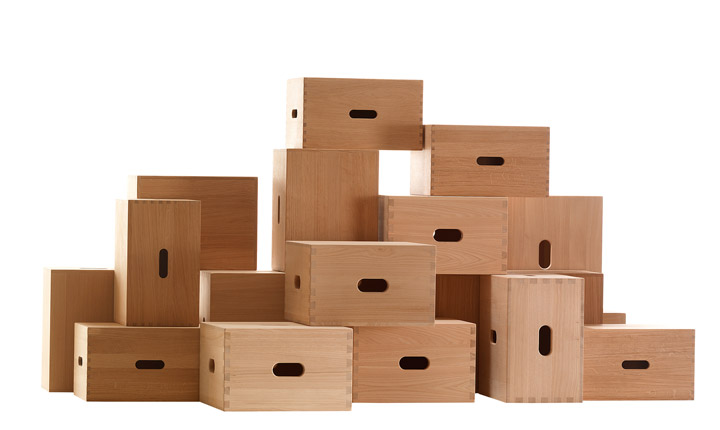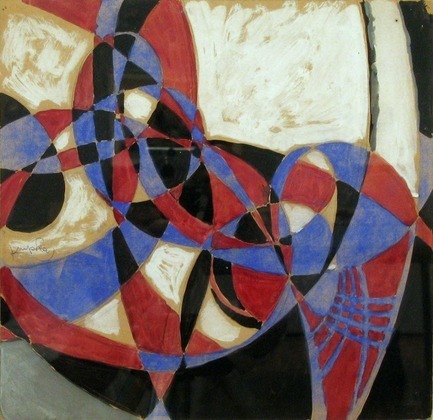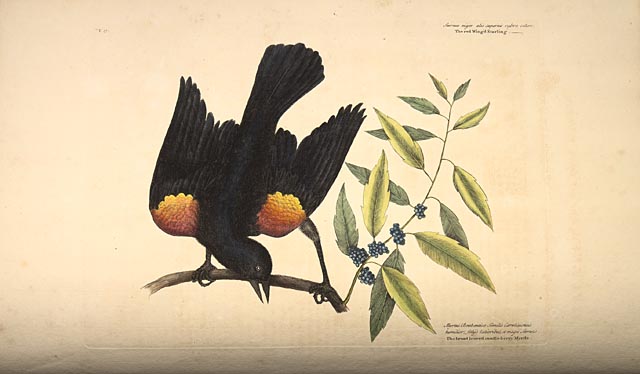Schwarz
View current page
...more recent posts
fossil fuel free greenhouse heater / via permaculture
"What am I, Kreskin?"
(1,020 google hits)
freeman thomas, king of the retro auto look
discontinuidad cronológica – sauna tonttu

The 'LC 14 01 Tabouret Cabanon' designed by Le Corbusier.
pacific rock house
8 track museum dal tx
via laurie s fb
the visual language of herbert matter
imperfections
How a furor over Communist content almost put an end to Lincoln Kirstein’s first show at the new Museum of Modern Art in 1932
via greg.org
The Red Book of C. G. Jung
Creation of a New Cosmology
black mask / up against the wall mother fuckers
the woodsmith shop
helping ancient trees
greg knows photomurals
70s supergraphics
tropiflora
neutra lives
via things
How To Make a DIY Natural Swimming Pool
permaculture is a good group to follow on FB

Amorpha, Fugue in Two Colors (1912). Gouache and ink on paper, 12 3/8 x 12 3/4"
Two of Frantisek Kupka’s earliest purely abstract compositions are Amorpha, Warm Chromatic of 1911–12 and Amorpha, Fugue in Two Colors of 1911–12. The present pastel study reveals an early stage in the formal evolution of both of these paintings. In 1911 Kupka strove to eliminate objective subject matter from his paintings. His development toward abstraction is evident in his work of 1909 to 1911 in his interpretations of motion and of the light and color of Gothic stained-glass windows. The Peggy Guggenheim pastel relates to a series of studies that followed a naturalistic painting of 1908–09 of his stepdaughter Andrée playing naked with a red-and-blue ball in the garden of their home. More than fifty studies led Kupka from conventional representation of this subject to the abstract formulations of the paintings of 1912. In a note on one of the pencil drawings of Little Girl with Ball, Kupka details his frustrations: “Here I am only dissecting surfaces. The atmospheric copenetration is yet to be found. As long as there is a distinction in color between ground and flesh, I will fall back into the postcard photograph.”more images (including the above) of amorpha, fuge in two colors at moma / chromatic chaude / art/music / orphic member/leader or god damned independent / sister arts
In the Peggy Guggenheim study, Kupka articulated the girl’s motion by depicting the continuous penetration of the atmosphere by the ball. A curving brown body shape guides the ball through the blue path of its trajectory. This action occurs on a light green background plane, which suggests the three-dimensional space of the garden. Such residue of naturalistic color is abandoned in culminating versions of the study, such as Amorpha, Fugue in Two Colors, which are conceived in blue, red, black, and white. Kupka discerned a musical parallel to these abstract forms in the rhythmic patterns of the fugue, “where the sounds evolve like veritable physical entities, intertwine, come and go.”¹ Kupka’s paintings of this period are not simple or formulaic abstractions from ultimate “sources” in nature, but are rather pictorial syntheses of the artist’s formal ideas.
scrub the cat came back after 5 year post katrina diaspora

